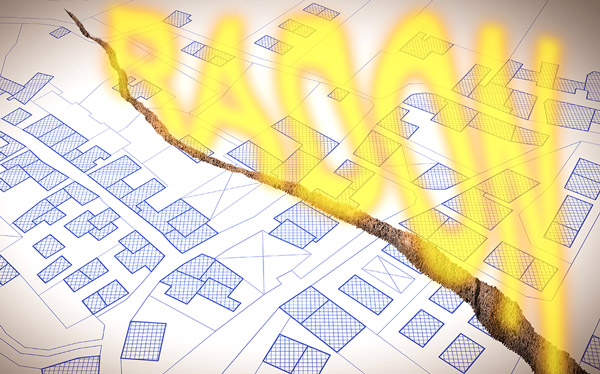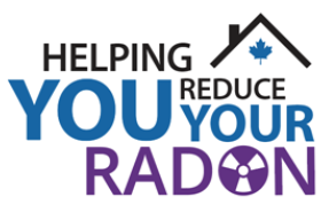Protecting yourself and your family from radon is simple. The first step is to test your home. Since radon has no smell, no color, and no taste, the only way to know your radon level is to test.
Check out our Test pages for more information on testing your home properly.
What are the costs associated with radon mitigaiton? Check out the most recent data on radon mitigations across the country.
What if my test comes back high?
There’s no reason to fear a high radon test result. No matter your level, there are radon mitigation methods that can successfully reduce your home to a safe level. Once you receive your high test result, the first step is to contact a certified* radon mitigation professional to help.
Certified radon mitigation professionals have received the training necessary to properly assess your home and decide which radon mitigation method is most appropriate. Your professional will design a system to efficiently and effectively reduce your radon to a safe level. Often, the work involved can be done in one day, at a cost that’s comparable to a new furnace or a couple of new appliances.
What if my test comes back low?
If your radon level is below Health Canada’s action level, no further action is required. However, since radon levels vary over time, we encourage you to test your home again in 5 years. Until then, why not spread the word about radon to your friends, family, and colleagues? Who knows, you may just save a life!
Find more information on our page, Understanding your Radon Test Report.
What can I do myself to reduce my radon levels until a radon reduction system can be installed by a certified professional?
If it is safe and comfortable enough to do so, you can temporarily open windows on the lowest level of your home to help reduce the amount of radon that is being drawn into your home. Opening additional windows during warmer weather will lower radon levels by diluting with fresh air and reducing the accumulation. Running well-maintained mechanical ventilation (i.e. air exchanger) can also provide some reduction by diluting with fresh air.
mit·i·gate /ˈmidəˌɡāt / verb
make less severe, serious, or painful.
No matter how high your radon level is, your home can be mitigated and your radon can be reduced.

How can radon be reduced?
Radon mitigation can take different forms, depending on a variety of factors. That’s why it’s so important to consult a certified* radon mitigation professional to help. These professionals have the training and experience required to ensure that your home is mitigated safely and effectively. It is important to understand that not everyone can install a system, and it is important to always consult a certified radon professional.
Typically a certified* radon mitigation professional will be able to install a mitigation system in one day.

An ASD (active soil depressurization)
system being installed in a basement.
What are the steps involved in reducing my radon?
The most common type of mitigation system is called Active Soil Depressurization (ASD). This system works by sucking air (and therefore the radon) from beneath the foundation of a home and exhausting it outside. Installation of an ASD system generally consists of drilling a hole through the concrete basement floor, and then attaching a pipe so that air can be moved from the gravel and soil beneath the home. This air is pulled by a fan, and ducted out of the home through more pipe. The entire system is sealed, so that there is no communication between the system and the inside of the home.
What are the costs involved in reducing my radon?
A Radon Mitigation system can be compared to installing a heating system into your home and the cost can vary depending on the installation requirements of a house. Our data shows a radon mitigation system can range from $3,000 to $11,000.
Data from our Radon Reduction Sweepstakes Reports has shown that, for hundreds of mitigation systems installed from 2013 through 2021, the average cost is approximately $2,700.
* Certified by the Canadian National Radon Proficiency Program (C-NRPP), a Canadian radon certification program operated by the Canadian Association of Radon Scientists & Technologists (CARST) with oversight by Health Canada.
Are there any FUNDING SUPPORTS for RADON MITIGATION?
NEW!! Lungs Matter – Radon Mitigation Grant Program
The Canadian Lung Association has recently lanched a new grant program to help people across Canada afford radon mitigation services.
The Lungs Matter Grant Program aims to provide financial support to individuals who have been diagnosed with lung cancer and individuals considered a low-moderate income households with priority given to the low-income households.
Tarion Home Warranty in Ontario
- Covers the cost of radon mitigation in new homes in Ontario that are 7 years old or less. All new homes should be tested using a long-term radon test.
Ontario Renovates:
- The Ontario Renovates Program provides homeowners with forgivable loan assistance to low- and moderate-income households to assist them in performing eligible major repairs, renovations and accessibility modifications to their homes. This program is run by each region and the amount of funding, eligibility requirements and application process are different in each region. You can contact the program in your region to determine if you qualify for funding and if radon mitigation would be considered an eligible project.
Various Quebec Municipalities – Vaudreille-Dorion and Victoriaville Habitation Durable
- Provide $500 grant for residents in their environmental grant programs
- Provide an loan for radon mitigation; Manitoba homeowners can pay off the loan on their hydro bill


